The porcelain kinds of tiles and are resistant to scratch and breakage in the bathroom or kitchen wall or floor whether the tile size is 500×500 or 800×800. It appears that porcelain tiles have just surpassed the long-time favorite ceramic tile as the material of choice for homes.
Ceramic tiles have been a favorite for a long time. This is mostly because they are more durable, come in an incredible variety of styles, and can be purchased in a huge selection of different dimensions and surface treatments.
Porcelain tiles, as opposed to ceramic tiles, are often fabricated by burning porcelain dust at extremely high temperatures. Ceramic tiles are typically created from clay.
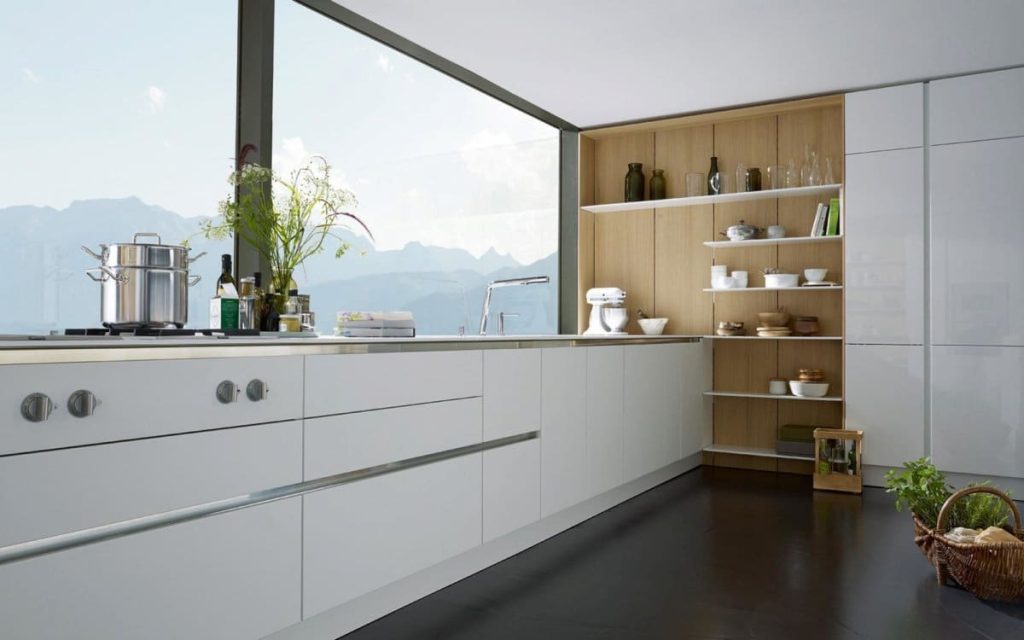
Because of the enormous pressure that was used throughout the manufacturing process, the finished tile has a high density, a fine grain, a smooth surface, and an incredible degree of strength; as a result, it is an excellent choice for locations that see high levels of foot traffic and wear.
Due to the great density of these materials, they are more long-lasting and are better suited to bigger sizes.
In addition to having a low rate of water absorption, being frost resistant, and being accessible in both its full-bodied and glazed forms, porcelain is an excellent material for usage in outdoor settings.
A complete-body porcelain tile does not have a glaze, which enables the material and color to flow continuously throughout the tile from one end to the other. Matte and polished are the two finishes that sell the most frequently.
In addition to unglazed porcelain, you may also purchase glazed porcelain, which differs from unglazed porcelain in that it has a porcelain base and a durable glaze on top of it. Glazed porcelain comes in a broad variety of sheens and textures.
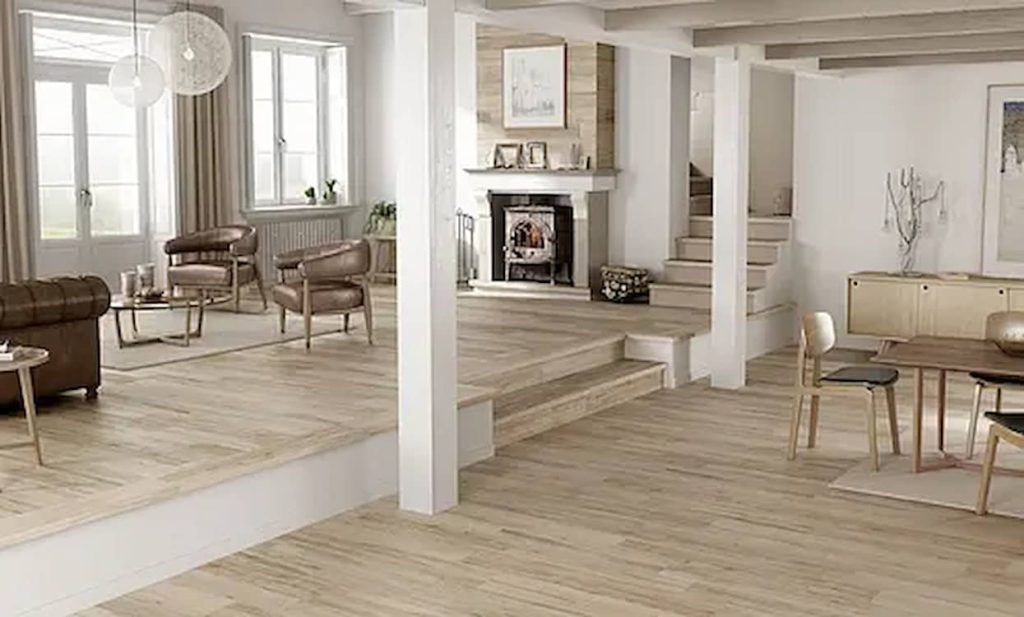
Because it is durable, resistant to stains, waterproof, and easy to clean, tile is an excellent choice for flooring in a kitchen because it satisfies all of the needs of this room. You shouldn’t be concerned about not being able to discover the tile that fulfills your requirements because there is such a wide selection of styles available to pick from.
Tiles may range in price from very expensive to very low depending on several factors including the quality, color, and design of the tile. Be mindful that even though dark brown or red tiles are of comparable quality, the price for purchasing them will be higher. The price of porcelain floor tiles might be significantly more than that of conventional ceramic floor tiles.
Before purchasing tile, it is vital to conduct some research because there are so many different options available in terms of forms, sizes, and colors. Both the ordinary ceramics we use daily and the porcelains reserved for more delicate applications are related.
Both are subjected to high temperatures during the firing process to fortify the clay mixture and change it into long-lasting tiles. Keep in mind that there is a significant distinction between the matte and glossy iterations of each of these cosmetics, and you should apply them accordingly.
The water absorption rate of this kind of tile is far lower than what is needed by the international standard. This is a big advantage.
The porcelain-making method, which involves baking at a very high temperature, results in a tile that is denser and more resistant to breakage than other types of ceramics while also having far fewer pores.
Because this particular variety of porcelain is one of the most durable types of ceramics that can be purchased, it is an excellent material to use in areas that see a great deal of pressure and foot traffic.
Due to the high porosity of this type of ceramic, it is particularly resistant to weather changes and thermal shocks. Because of this, it is a great alternative for wet spaces such as bathrooms and kitchens. Utilized both indoors and out in the fresh air. As was mentioned earlier, the water absorption rate of low is rather poor.
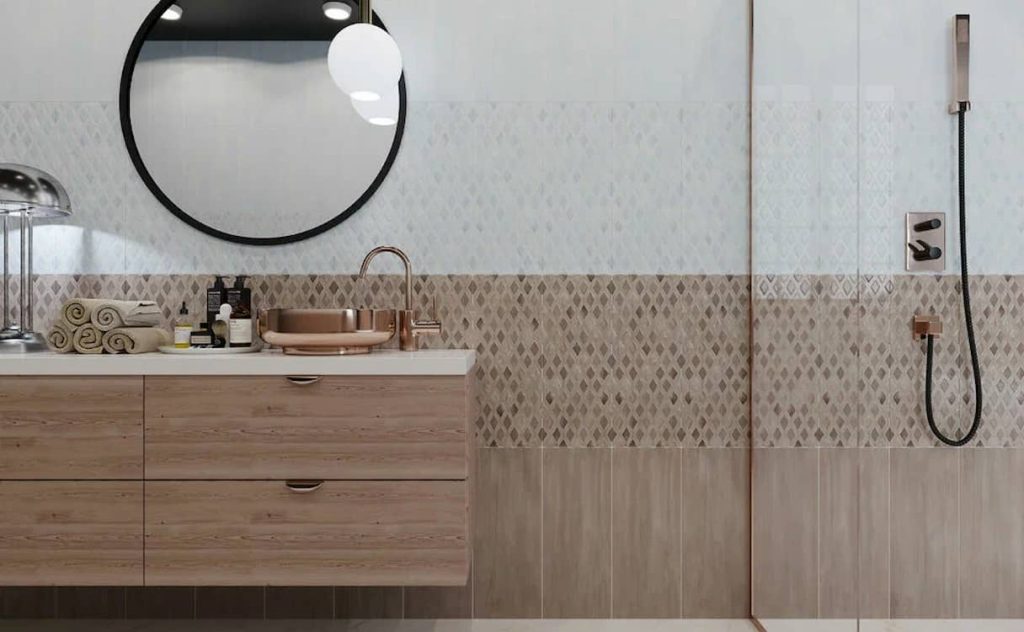
Glazed porcelain ceramics are one category, while unglazed porcelain ceramics make up the other.
However, glazed porcelain indicates that a coating of glass (glaze) covers the tile during baking, causing the color of the porcelain and the application of desired printing on it, whereas unglazed porcelain obtains its color from the addition of pigment to the soil before it is fired.
Glazed porcelain is distinguished from unglazed porcelain by the presence of a coating of glass (glaze). Clay is the initial phase in the creation of full-body ceramic, which is a material that finds widespread application in the manufacturing industry in addition to public and commercial structures.
Glazed porcelain ceramics are the material of choice because of their outstanding wear resistance, extremely low water absorption, and strong chemical and mechanical resistance. However, installing these ceramics might be more challenging.
There is a greater amount of labor required to cut this porcelain, however specialized machinery may be used on the construction site to place the tiles. In addition, because it has a low capacity for absorbing water, it is best to affix it using specialist porcelain adhesives; this ensures that it has minimal contact with the mortar during the process of attachment.
The sizes of the tiles have been greatly expanded. There are now several larger dimensions available, in addition to the more common 600 mm x 300 mm and 500 mm × 500 mm variations. These larger dimensions are available.
People who like “more tile, less grout” typically choose sizes that are 800 × 800, 900 x 900, and 1200 x 600 or 1200 x 1200mm. These are the most prevalent sizes.
Even in constrained kitchen quarters, huge porcelain floor tiles might prove to be an advantageous choice. It is essential to account for probable tile waste, which tends to be higher in limited areas but is easier to foresee and plan for in spaces with fewer angles. This is because constricted spaces tend to have fewer angles.
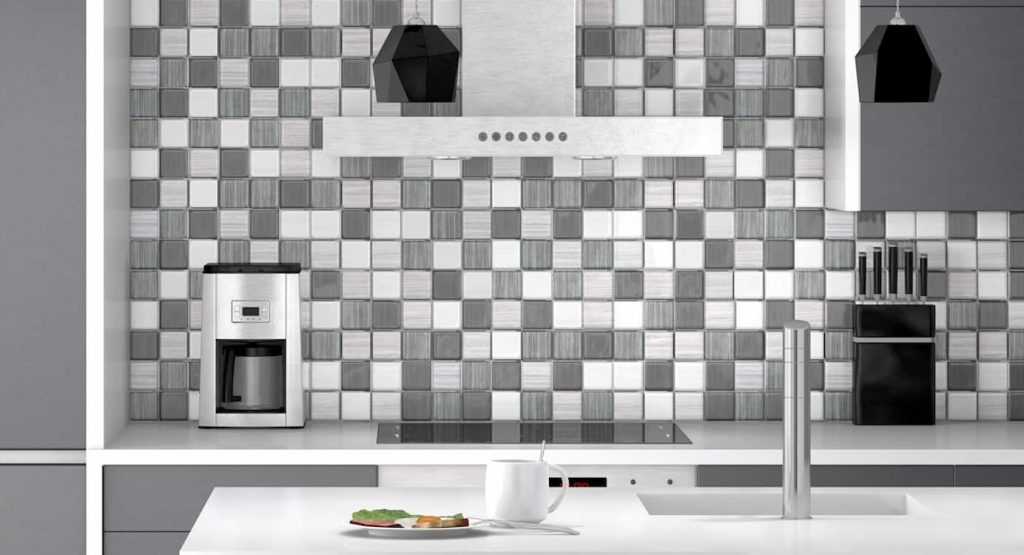
When laying tiles in a rectangular pattern, you have a few more options to consider than only the direction to run the tiles and whether to stack them or use a brick bond pattern.
These two options are just two of the many possibilities. In a staggered brick-joint design for larger-sized tiles, the amount of overlap between adjacent joints should not be higher than 33 percent. Because of this, there will be fewer instances of lipping.
There is an almost incomprehensible array of sheens that may be achieved with porcelain tiles used in modern kitchens. Where exactly do you even begin? There is a wide variety of selections available, such as honed, polished, matt, natural, and anti-slip finishes.
The tile’s finish may determine whether or not it is successful in high-traffic areas such as kitchens and utility rooms, where accidents involving spills are common.
If you are searching for the absolute height of luxury, all you need to do is take a look at a piece of polished marble porcelain. They emit an unmistakable air of sophistication all around them.
However, polished porcelains can gradually lose their luster, particularly in locations that have a lot of foot activity. When wet, they might potentially pose a significant risk to anyone who walks on them.
If this is a concern, selecting a tile with a sheen that is less reflective could be the best course of action. What is best for you entirely depends on the specifics of your situation and the decisions you make.
The soft finish is an excellent illustration of the inventiveness that has been utilized in the field of surface texture. The combination of a pleasant tactile texture and the anti-slip qualities of the surface creates an environment that is not only safe but also straightforward to clean and maintain.
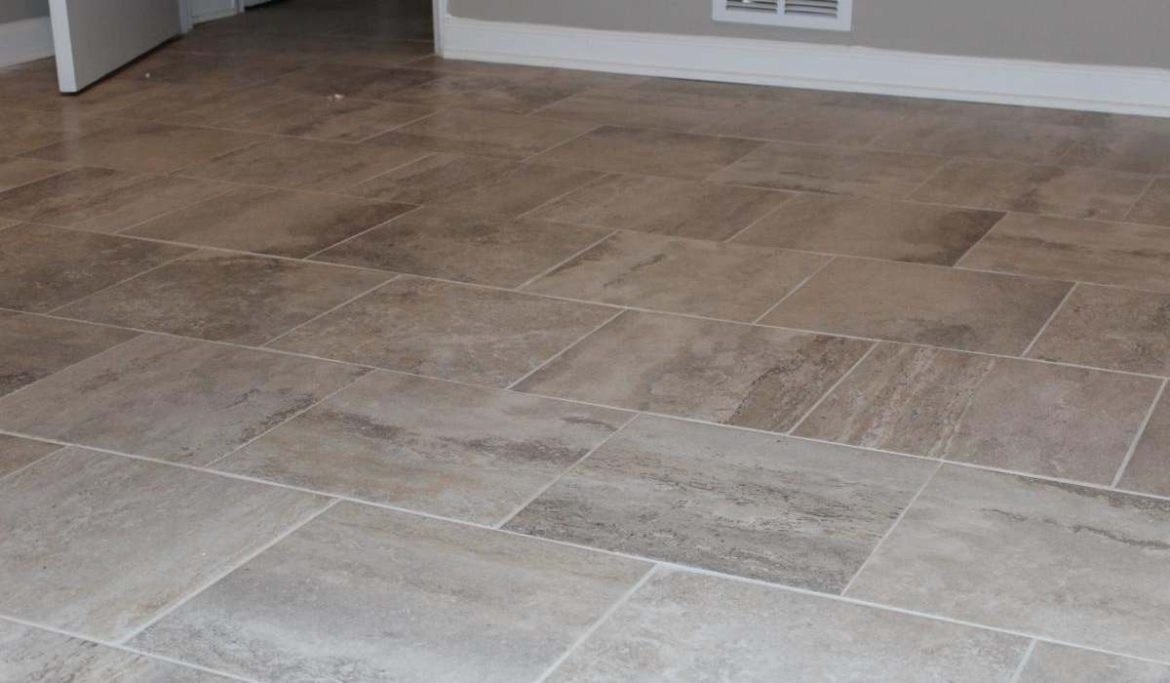
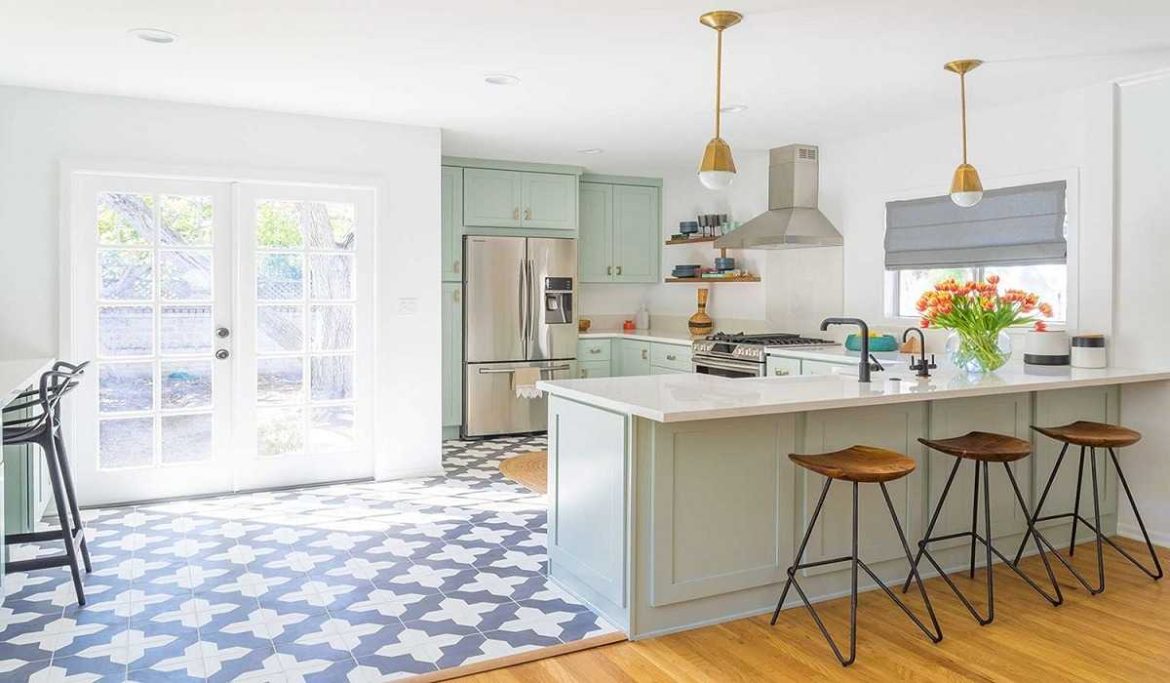
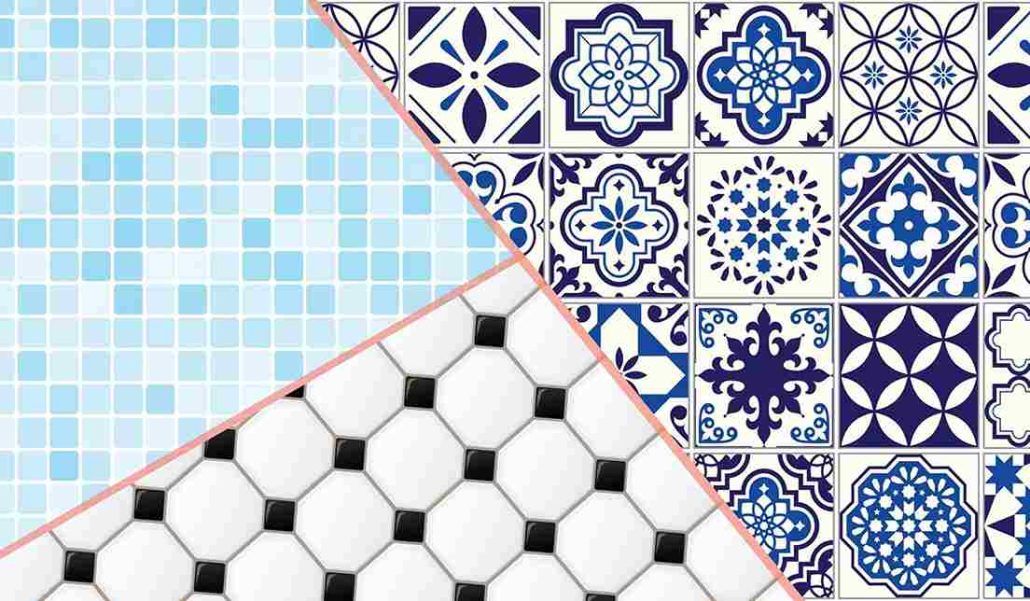
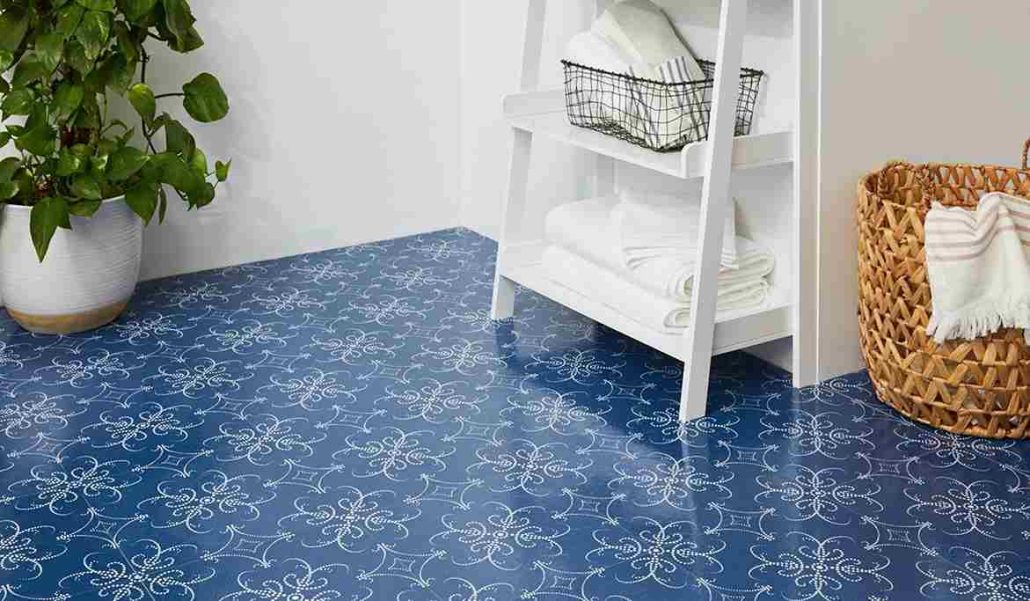

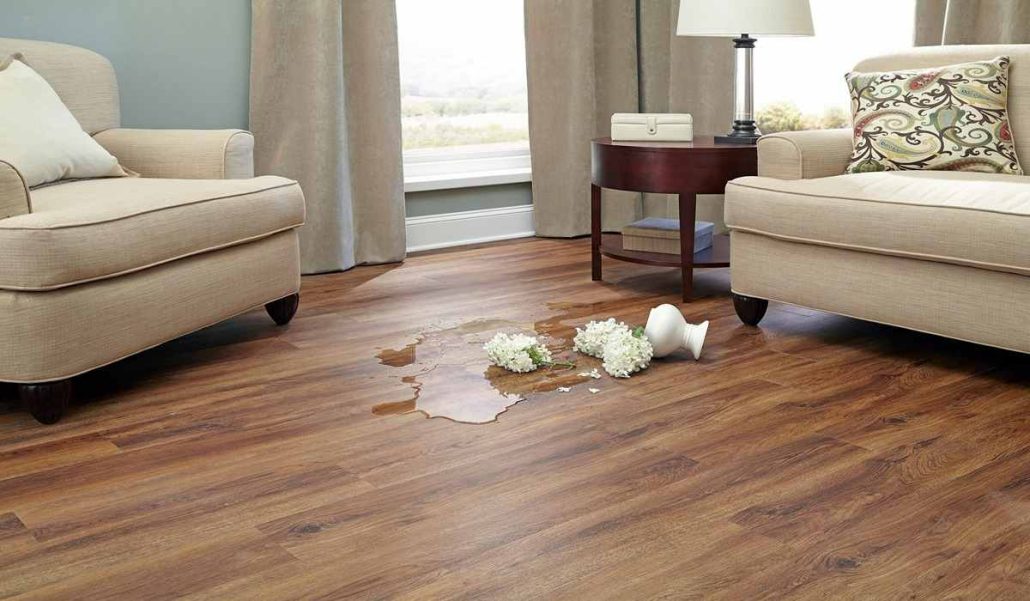
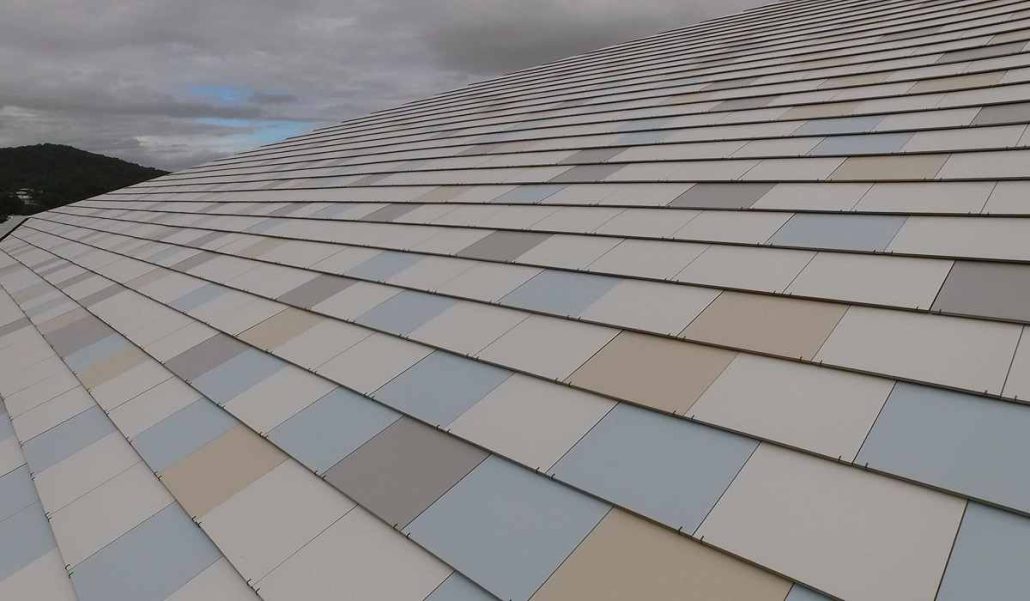
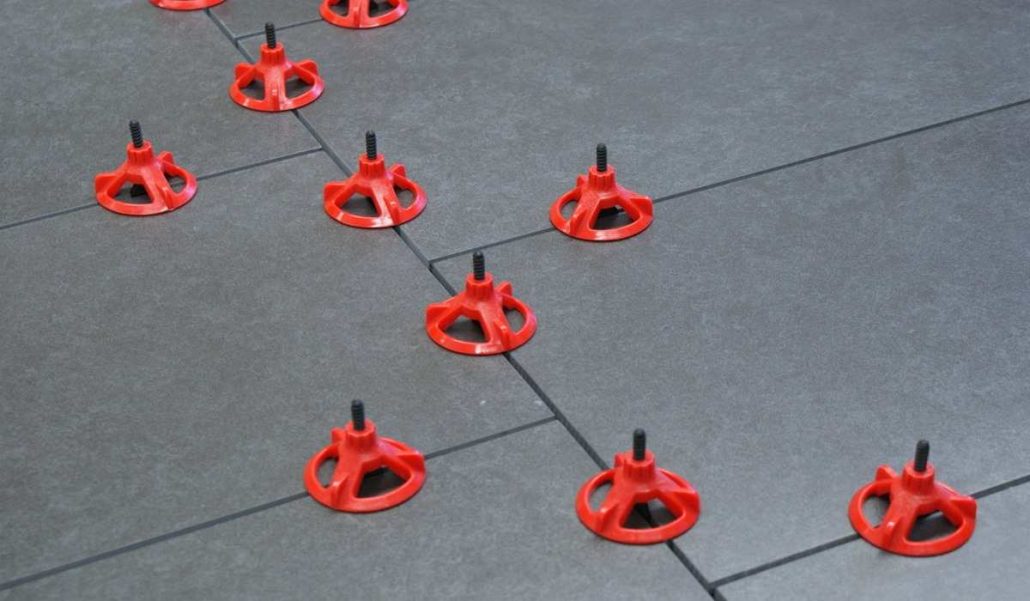
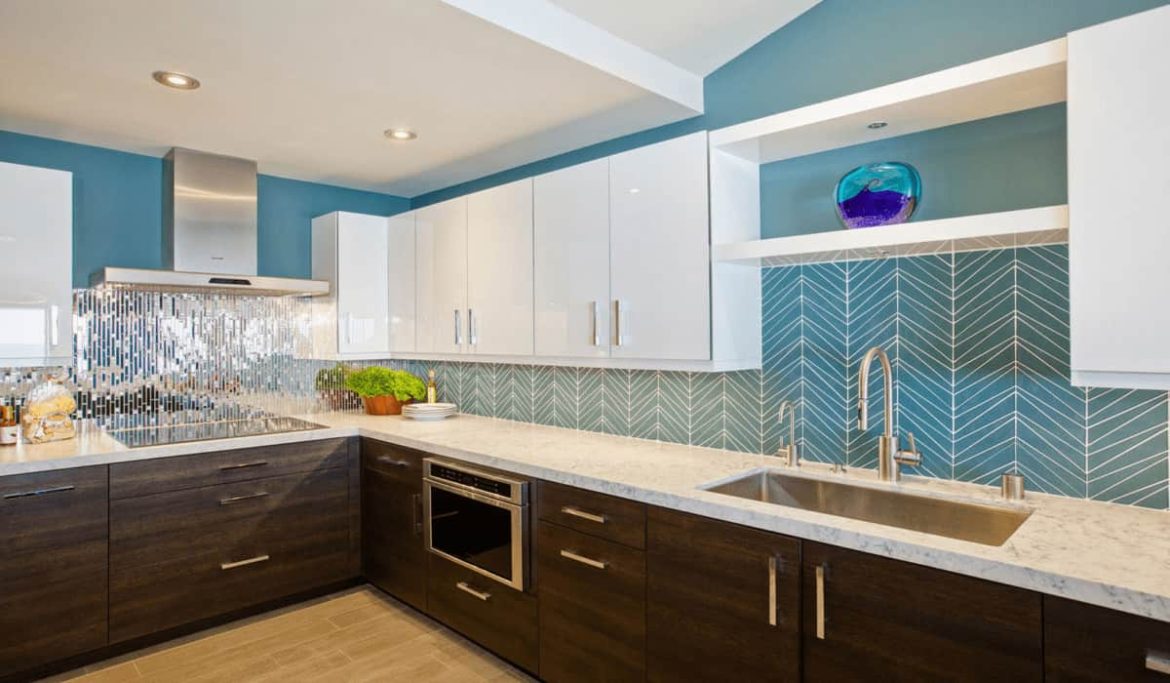
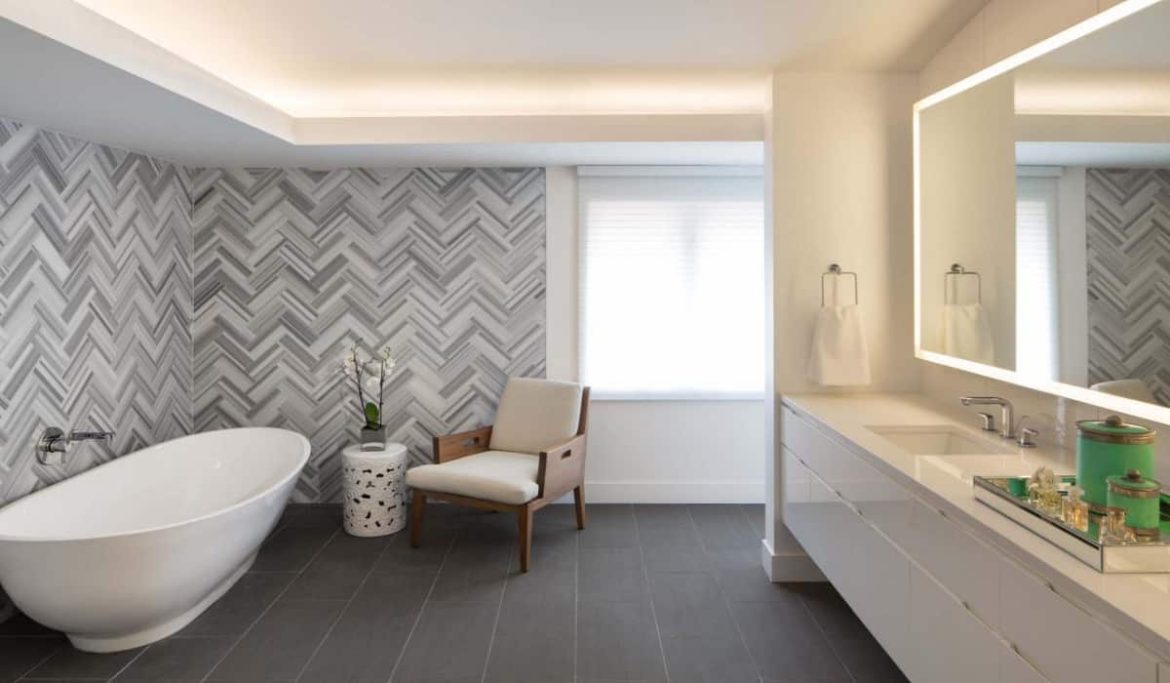
Your comment submitted.